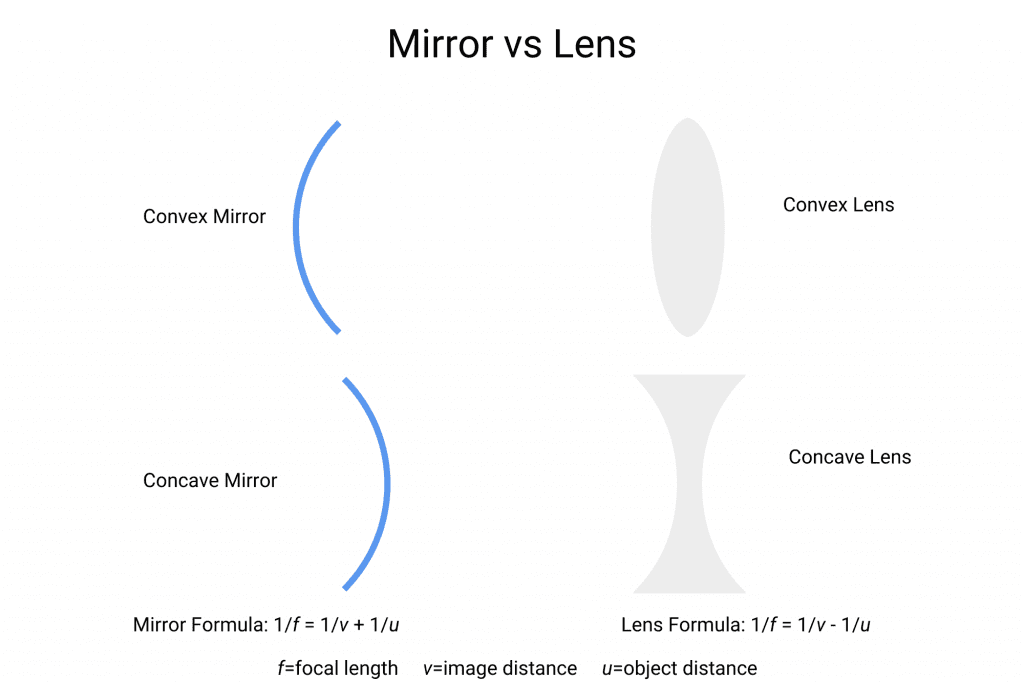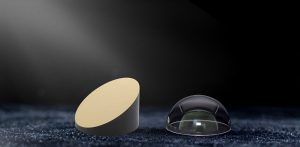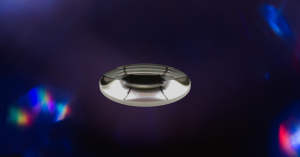Key Takeaways:
- The main difference between a mirror and a lens lies in their functionality; while a mirror possesses a reflective surface, a lens refracts light, with various types of mirrors including plane and spherical mirrors.
- Mirrors are typically made with a reflective coating, while lenses are transparent and refract light passing through them.
- Mirrors have one reflective surface, whereas lenses have two, affecting the behavior of light differently.
- Both mirrors and lenses serve diverse purposes, such as in telescopes and spectacles, despite their distinct optical properties.
Exploring the Difference Between a Mirror and a Lens
The simple answer to what the main difference is between a mirror and a lens is that a mirror is something that reflects an image, while a lens is something to look through to see an image.
Of course, we could go more technical than this and discuss mirror and lens physics through optics and whatnot. But for the sake of everyone who is reading this article, we will maintain an intermediate level of discussion to accommodate everyone wanting to know about mirrors, lenses, types of mirrors and lenses, and their similarities and differences.

What Is a Mirror?
A more mechanical definition of a mirror is that a mirror is a sheet of substrate or metal that reflects the light shone onto it. This light creates a clear reflection of whatever object is in front of it.
A mirror is made by polishing one side and adding a coating of metal amalgam on the other. Mirrors are also made by polishing a naturally reflective metal’s surface. This makes for light to bounce back without scattering.
This characteristic of mirrors makes for many practical applications in our everyday lives. The most common mirror is the common mirror we all have at home. We use these mirrors to groom ourselves every day.
Other Uses of Mirrors Include:
- Solar cookers – Solar cookers use several mirrors to reflect the sun’s rays toward a cooking vessel using the sun’s natural heat to cook foodstuff.
- Security, safety, and law enforcement – Police and security forces use one-way mirrors in different applications.
- Periscopes – Mirrors are used in periscopes in various industries in the form of periscopes and optical mirrors.
- Torch lights – Mirrors intensify light emitted by torchlights and flashlights.
- Home and space décor – Mirrors play a big part in beautifying any space for home, business, and work.
- Telescopes – Curved mirrors in telescopes can magnify an image being viewed by concentrating the light that reflects to the viewer.
There is more than one type of mirror. The following is an enumeration and discussion of each kind of mirror.
Types of Mirrors:
- Plane mirror – A mirror with a flat reflective surface. Plane mirrors reflect an image of the object in front of it that is erect and virtual. A parallel beam of light shone on a plane mirror’s surface will be reflected as parallel, too.
- Spherical mirror – A spherical mirror will have a curved reflective surface. There are 2 types of spherical mirrors; concave and convex mirrors.
- Concave mirror – A concave mirror has a reflective surface that curves inwards facing the middle of the sphere. This configuration of mirrors produces a magnified image hence their use in telescopes in astronomy and shaving lenses.
These types of mirrors also find use as an optical component in intensifying light emitted by car headlights, torch lights, and lighthouses. - Convex mirror – A convex mirror is a type of mirror that has a reflective surface that bulges outwards and away from the middle of the sphere. Examples of these convex mirrors include car side mirrors, intersection mirrors, and other optical mirror applications.
What Is a Lens?
A lens would be a glass or any transparent material that refracts light that passes through it. A lens has two surfaces on its two opposite sides. One or both of these lenses can be curved. Light beams that pass through lenses are bent and this causes images viewed through a lens to appear smaller or bigger.
Like mirrors, lenses are classified by how they curve outward or inward.
Uses of Lenses
- Telescopes and microscopes – Lenses magnify the image of the object being viewed by telescopes and microscopes.
- Spectacles and contact lenses – Custom optical lenses in spectacles and contact lenses are tailor-made to improve people’s vision.
- Torchlights and flashlights – Lenses concentrate or scatter the beam of light emitted by torchlights and flashlights.
- Projectors – Lenses on projectors have lenses that focus light and project an image.
Types of Lenses:
- Convex lens – These types of lenses have a surface that curves outwards. This makes light beams diverge toward the focus. This optical lens design is found in telescopes, magnifying glasses, flashlights, spectacles, and contact lenses.
- Concave lens – These types of lenses have a surface that curves inwards diverging the light beam that passes through it. These lenses are normally found in projectors.
Major Differences Between a Mirror and a Lens
- Lenses are transparent, mirrors are completely reflective – mirrors are a piece of transparent substrate with their backside coated with an opaque reflective metal amalgam. A lens is a completely transparent piece of substrate that bends light that passes through with an inward or outward bending surface.
- Mirrors reflect light while lenses refract light – Light beams that strike a mirror’s surface are bounced away in a different direction to form an image of the object in front of it. Lenses on the other hand let light pass through them to be bent.
- Mirrors have 1 important surface while lenses have 2 – Mirrors are plane (flat) or spherical (curved) with one reflective surface. Lenses have 2 surfaces that both affect the light that passes through.
- Lenses follow the laws of refraction while mirrors follow the laws of reflection.
- A mirror reflects 100% of the light that bounces on its reflective surface while a lens refracts or bends all of the light that passes through it.
- Image formation formula in a mirror: 1v+ 1u= 1f. Image formation in a lens: 1v- 1u= 1f.
- Plane mirrors do not have a focal point while lenses have 2 focal points in F and 2F.
Final Thoughts
Now that we have discussed what mirrors and lenses are, it should be clear that similarities between mirrors and lenses probably end in both usually being made of glass. Both of these optical devices do very different things but find applications in similar purposes.
GREAT ARTICLE!
Share this article to gain insights from your connections!





